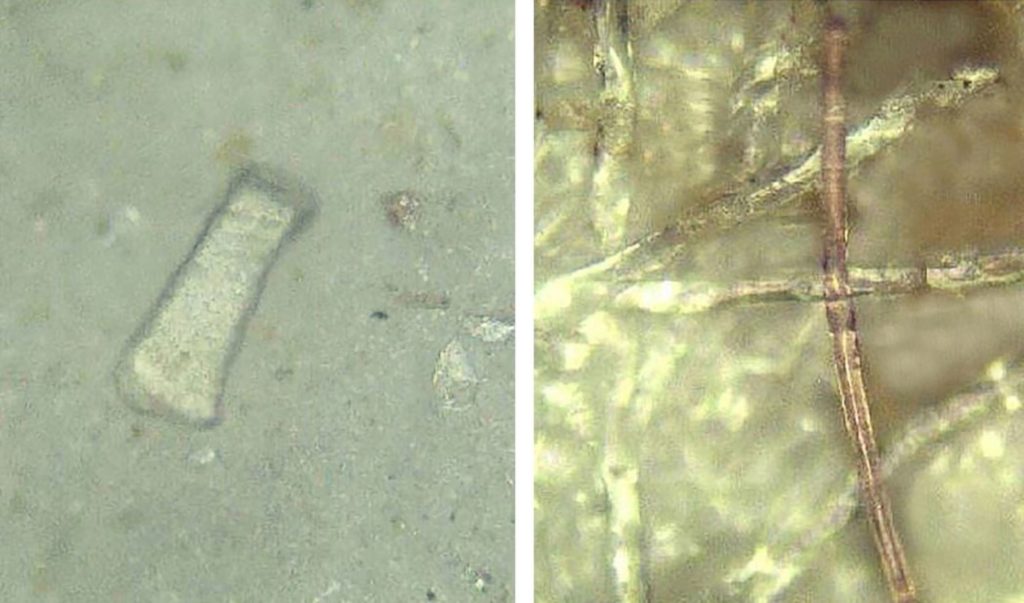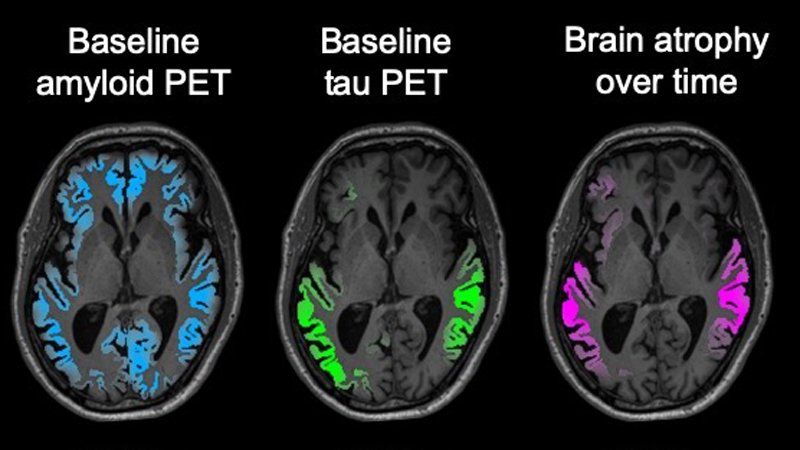
It happens far too often: you plug your laptop in and walk away only to return hours or days later to find it has lost some of its charge despite sitting idle and unused.
The phenomenon—called self-discharge—has frustrated users and industry alike, and puzzled manufacturers trying to determine why lithium-ion battery cells tend to lose some of their charge over time.
A researcher at Dalhousie has identified a surprisingly common culprit that, if replaced, could address an enduring problem for the industry.
“In commercial battery cells there is tape—like Scotch tape—that holds ...
Read More









Recent Comments